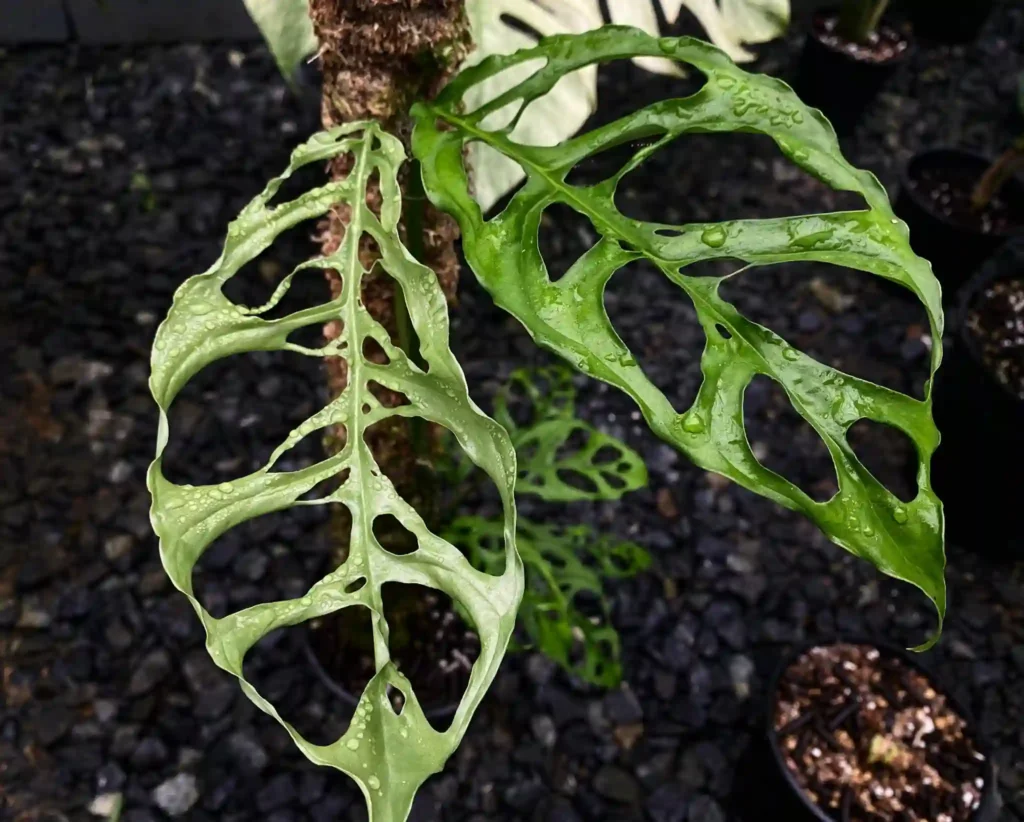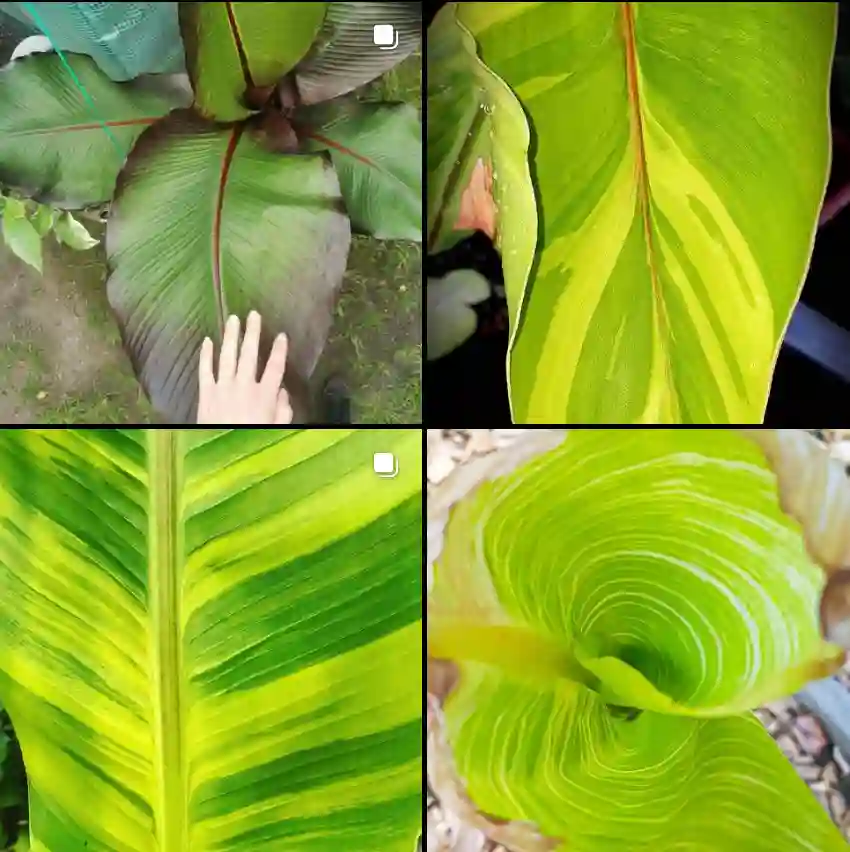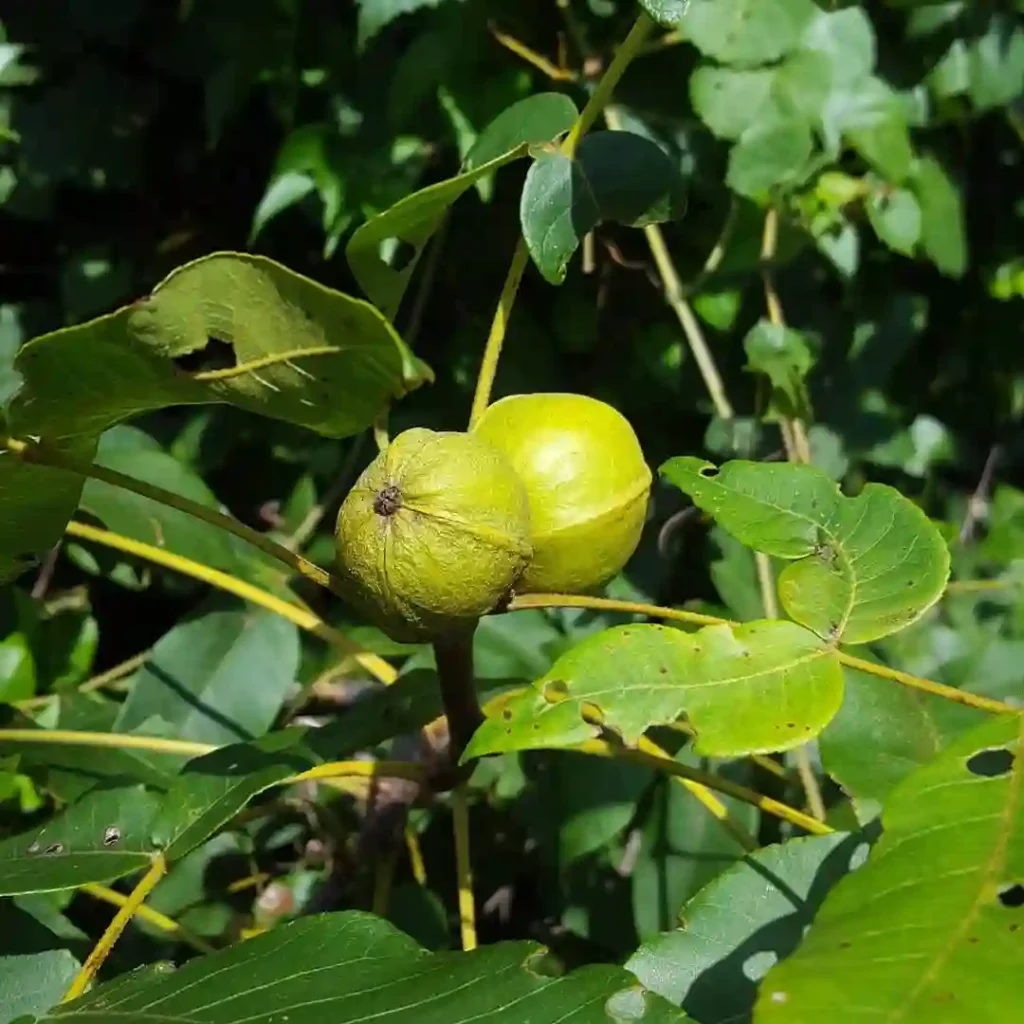My Fascination with the Washingtonia Palm
As an enthusiast of the natural world, I, Ferb Vu, am constantly drawn to the diverse and awe-inspiring beauty of trees. Among my favorites is the Washingtonia palm from the Arecaceae family, a genus native to the southwestern United States and northwestern Mexico. These majestic palms, with their towering trunks and fan-like fronds, evoke a sense of serenity and resilience that I find captivating.
The Two Elegant Species in Washingtonia
The Washingtonia genus comprises two primary species:
- The Washingtonia filifera, also known as the California Fan Palm, is a hardy, native palm of the southwestern United States and is one of the few palm species naturally adapted to the arid desert. With its thick, column-like trunk, Washingtonia filifera can reach heights of up to 60 feet and is easily recognizable by its dense crown of large, fan-shaped, green leaves that often create a “skirt” of dried fronds around the trunk. This skirt provides protection from the sun and acts as a habitat for small desert creatures. The filifera is well-suited to tolerate drought, intense heat, and even frost, making it a popular ornamental plant for dry landscapes. Due to its slow growth rate and remarkable resilience, it’s a key feature in desert oasis ecosystems, providing both shade and a water source for wildlife. Plant FAQs: Washingtonia Filifera – California Fan Palm
- Known as the Mexican Fan Palm, Washingtonia robusta is a tall and slender palm native to Mexico that is often seen as a dramatic focal point in urban landscapes and coastal regions. It has a more streamlined trunk than its filifera cousin, which allows it to reach impressive heights of up to 100 feet, creating a distinctive, towering appearance in cityscapes and gardens alike. The fan-shaped leaves are similarly green and lush, but robusta has a faster growth rate, making it ideal for quickly establishing tropical appeal in suitable climates. Though it thrives in warmer regions, this palm can adapt to cooler climates, though it prefers more moisture than filifera. Its tolerance to coastal conditions and ease of maintenance make Washingtonia robusta a favorite for both private and public landscaping.
Distinctive Features and Adaptations
What sets Washingtonia palms apart are their unique characteristics that allow them to thrive in arid environments. Their fan-shaped leaves, or palmate fronds, efficiently capture sunlight while minimizing water loss. The trunks, often adorned with a “skirt” of dead leaves, serve as insulation and a water reservoir. These adaptations enable Washingtonia palms to withstand harsh desert conditions, making them a symbol of endurance and adaptability.
A Symbol of the Southwest
Washingtonia palms have become iconic symbols of the southwestern United States and are often associated with desert landscapes, oasis settings, and the vibrant culture of Southern California. Their presence adds a touch of exotic beauty to urban and natural environments alike.
My Personal Connection
My appreciation for Washingtonia palms stems from their ability to transform any landscape into a tranquil oasis. Their towering presence evokes a sense of calm and wonder, reminding me of the resilience and beauty found in nature. I often find myself drawn to these palms, admiring their graceful form and the way they sway gently in the breeze.
A Source of Inspiration
Beyond their aesthetic appeal, Washingtonia palms serve as a source of inspiration for me. Their ability to thrive in challenging conditions reminds me of the human capacity to overcome adversity and flourish. Their enduring presence throughout history symbolizes the importance of preserving our natural heritage for future generations.
Conclusion
The Washingtonia palm, with its distinctive features and adaptability, holds a special place in my heart. Its presence in the landscape evokes a sense of serenity and resilience, reminding me of the beauty and strength found in nature. As an admirer of these majestic palms, I am committed to appreciating and protecting them, ensuring that their legacy continues to inspire future generations.
If i die, water my plants!



